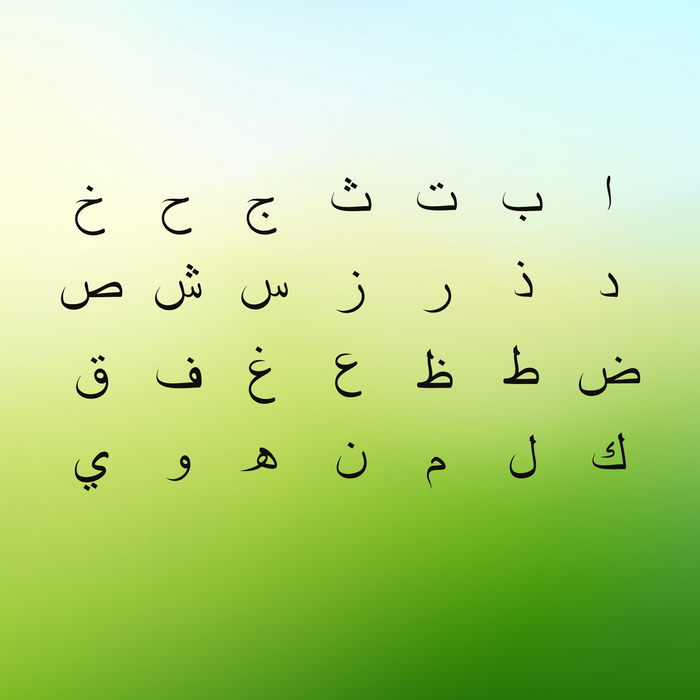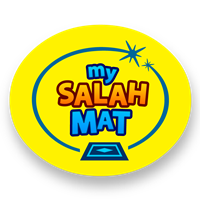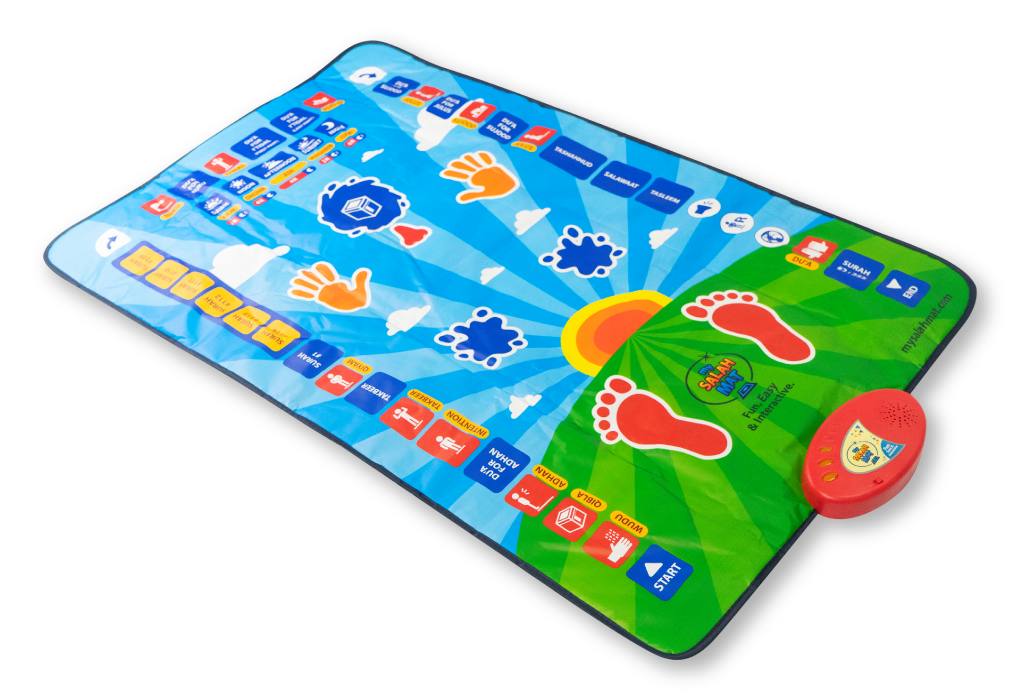How to Teach Your Child the Arabic Alphabet at Home (No Tutor Needed)

Teaching your child the Arabic alphabet can be a beautiful and rewarding experience — and it doesn’t require hiring a tutor or attending formal classes. With the right approach and a bit of consistency, you can help your little one master the letters right from the comfort of your own home.
Here’s a simple, step-by-step method parents can follow to build their child’s confidence with the Arabic alphabet.
What Age Should You Start Teaching the Arabic Alphabet?
Every child is different, but many parents begin introducing Arabic letters around the age of 4 or 4.5. Some children are ready earlier, while others may need more time. The key is to be patient and adjust to your child’s learning pace. Don’t rush — focus on making it fun and consistent.
Step 1: Prepare the Letters
Start by printing out the Arabic letters on coloured construction paper and cutting them into individual cards. These tactile, hands-on pieces help children engage better, especially at an early age when they love to explore through touch and play.
You can also find printable Arabic letter sheets online in different sizes, depending on what works best for your child’s grasp.
Tip: Laminate the letters or stick them onto cardboard to make them more durable and long-lasting.
Step 2: Introduce One Letter at a Time
Begin with just one letter per week.
Show the letter to your child, say it aloud clearly, and ask them to repeat after you. Keep these sessions short and relaxed — just 5 to 10 minutes a day is enough.
To reinforce learning:
-
Write the letter in large font on plain paper.
-
Let your child colour or paint the letter during the week.
-
Display the letter on the fridge or their bedroom door so they see it often.
Once they’re confident with one letter, you can move on. Some children might be ready for 2–3 letters per week — follow their pace.

Step 3: Practise and Test Regularly
Every few days, test your child on the letters they’ve already learned. Lay them out randomly and ask your child to identify them.
Here’s a simple routine:
-
Spread out the letters your child has learned.
-
Ask them to name each one.
-
If they answer confidently, set that letter aside.
-
If they hesitate or get it wrong, that letter becomes the focus for the next few days.
Don’t worry if some letters take longer — Arabic letters like ʿAyn or Ḍād can be trickier to remember or pronounce. Stay calm and encouraging. Repetition and kindness go a long way.
Extra Step: Reinforce Learning with My Quran Pad
To make learning even more engaging, you can introduce My Quran Pad — an interactive tool designed to help children recognise and pronounce Arabic letters through fun, hands-on play.

Each button on the pad corresponds to a letter and recites it out loud when pressed. It also includes:
-
Arabic letter pronunciation
-
Beginner words
-
Animal names in Arabic
-
Short Surahs and nasheeds
This is a fantastic way to bring variety into your child’s learning and support them with accurate pronunciation — especially helpful if you’re not confident in teaching tajweed yourself. It’s suitable from age 2+, so younger siblings can benefit too.
Final Thoughts
By creating a simple routine that combines visual learning, hands-on activities, and repetition, your child will gradually build a solid foundation in Arabic letter recognition and pronunciation.
Stay consistent, be patient, and make learning joyful. With tools like My Quran Pad and a structured approach, your child will insha’Allah be well on their way to reading the Qur’an independently.
Would you like this turned into a printable guide or a blog post draft for your website?














 Liquid error (snippets/@AlternatingContentX line 127): Could not find asset snippets/CustomTexts-.liquid
Liquid error (snippets/@AlternatingContentX line 127): Could not find asset snippets/CustomTexts-.liquid